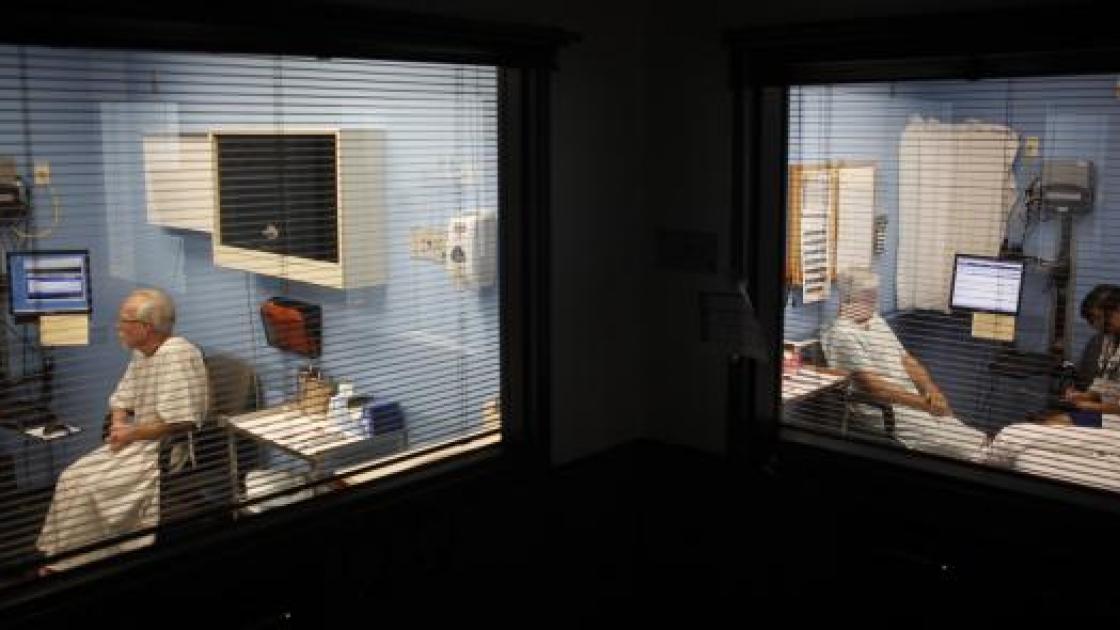
History
Standardized patients (SPs) have been used for teaching and assessing medical students at SIU School of Medicine since the late 1970's. In the mid-1980's, under the direction of Dr. Howard Barrows, the use of SPs in assessment was expanded to include a 15-patient clinical practice exam (CPX) in the senior year. This examination served as part of the stimulus for the development of the SP Project at the National Board of Medical Examiners and for the Macy consortia Project in the early-mid 1990's.
Students at SIU School of Medicine see SPs throughout their undergraduate curriculum.
- In the first year, students see SPs to learn basic history and physical exam skills. In addition, students begin to be assessed with SPs.
- In the second year, history and physical exam skills are reviewed (using SPs) and teaching or practice SP cases are used throughout the year for skill development. Students are assessed with SPs throughout the academic year.
- In Years 1 and 2 of the curriculum, students see approximately 20-25% of their patient cases as SPs, and all performance-based examinations are SP-based.
- In Year 3 (clerkship year), students work up from 1 to 3 SP cases as part of the end of clerkship assessment in three of the eight clinical clerkships.
- In Year 3, following the eight clerkships, a 14-patient CCX is administered to determine readiness for residency education. Each SP encounter is followed by a computer-based clinical reasoning exam.
By the time SIUSOM students graduate, they will have seen more than 50 SPs (including teaching and assessment cases). By graduation, students often say the SPs were helpful in the development of their clinical and communication/interpersonal skills. Faculty use SPs to monitor the development and correctness of these skills, and include activities that allow the provision of feedback to students about these skills.
